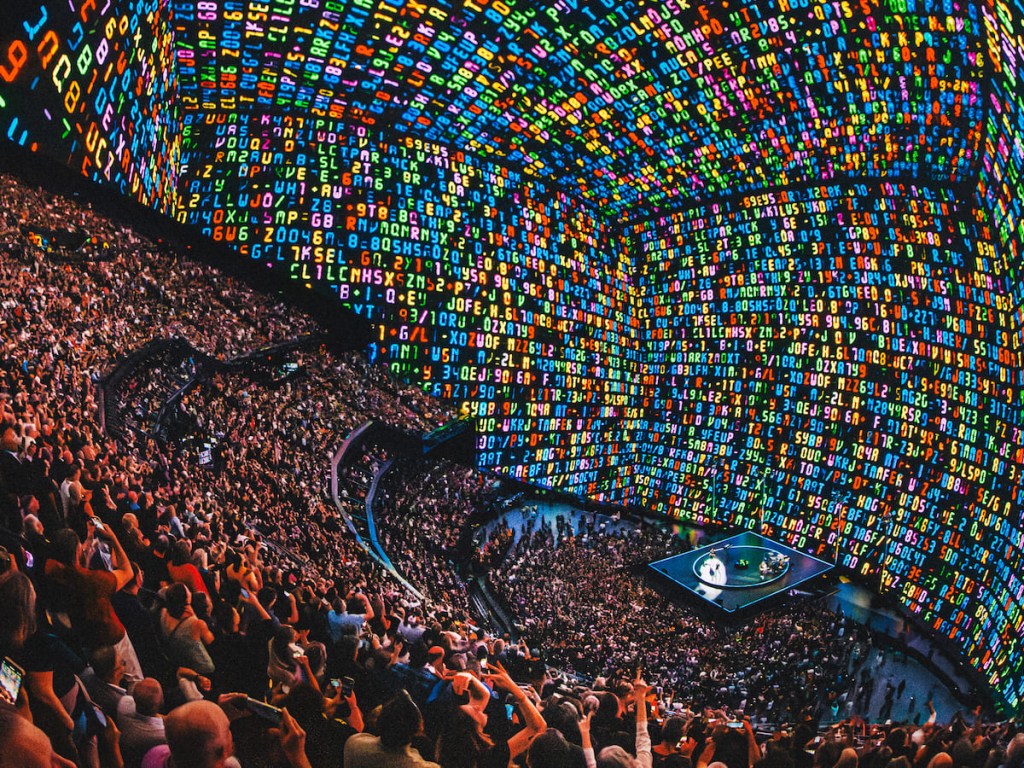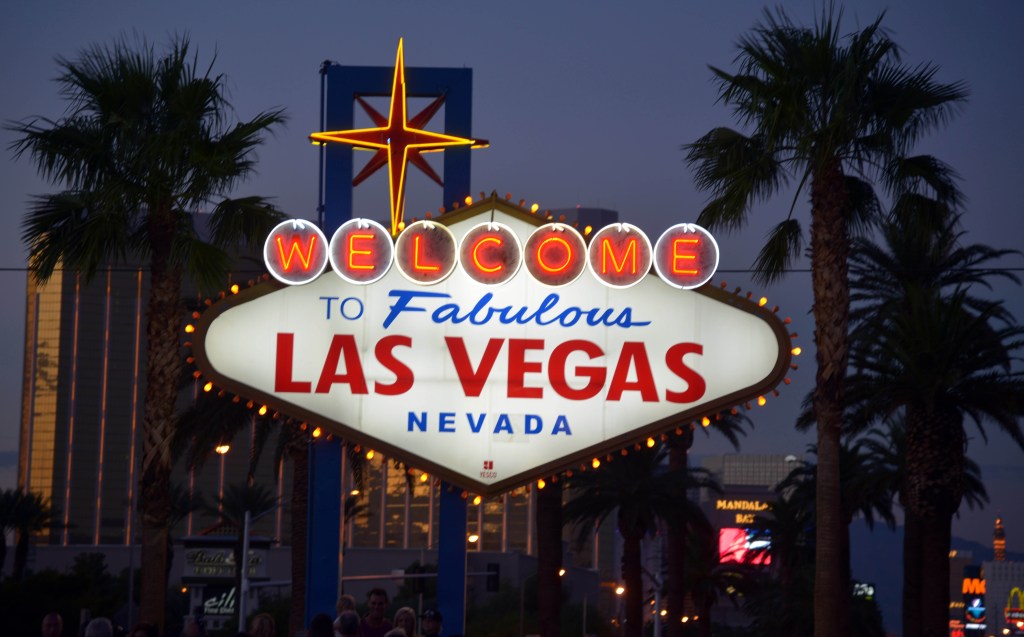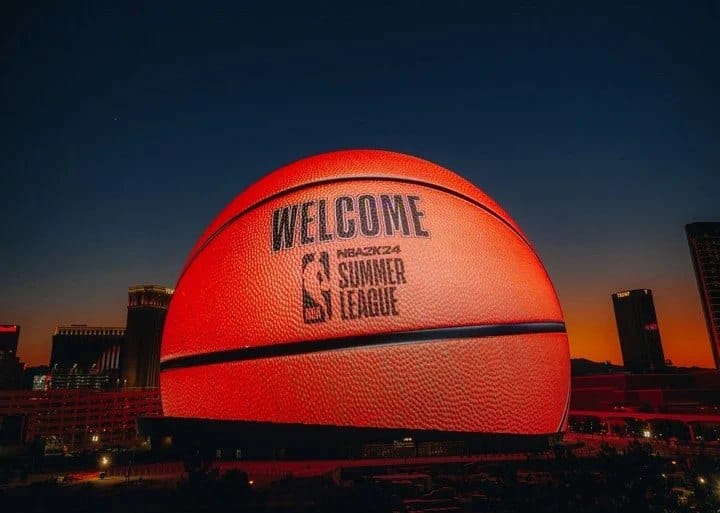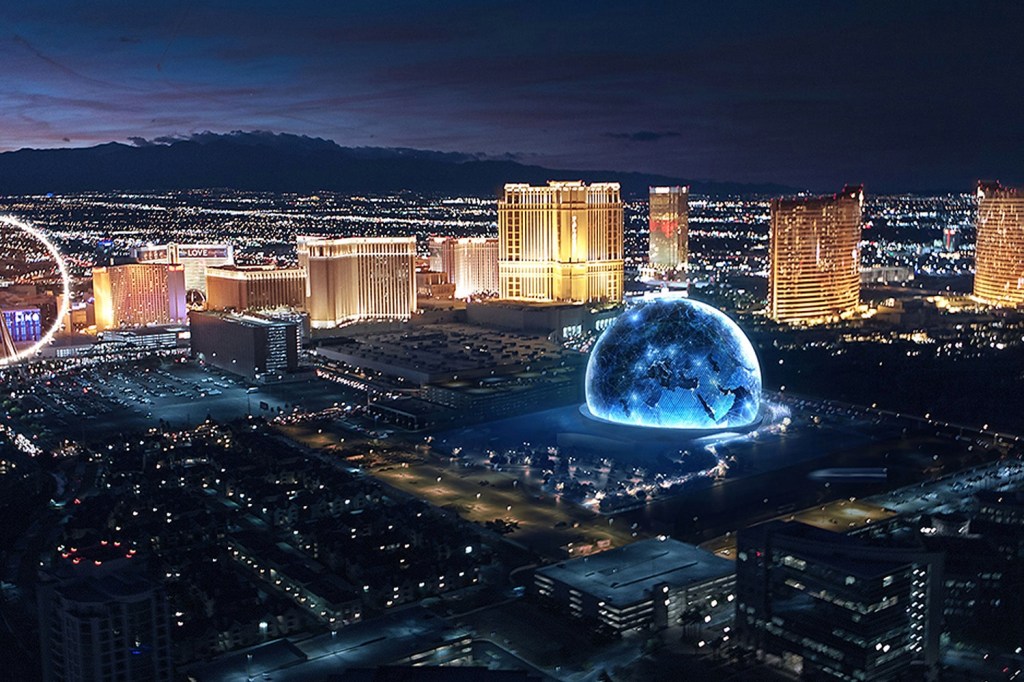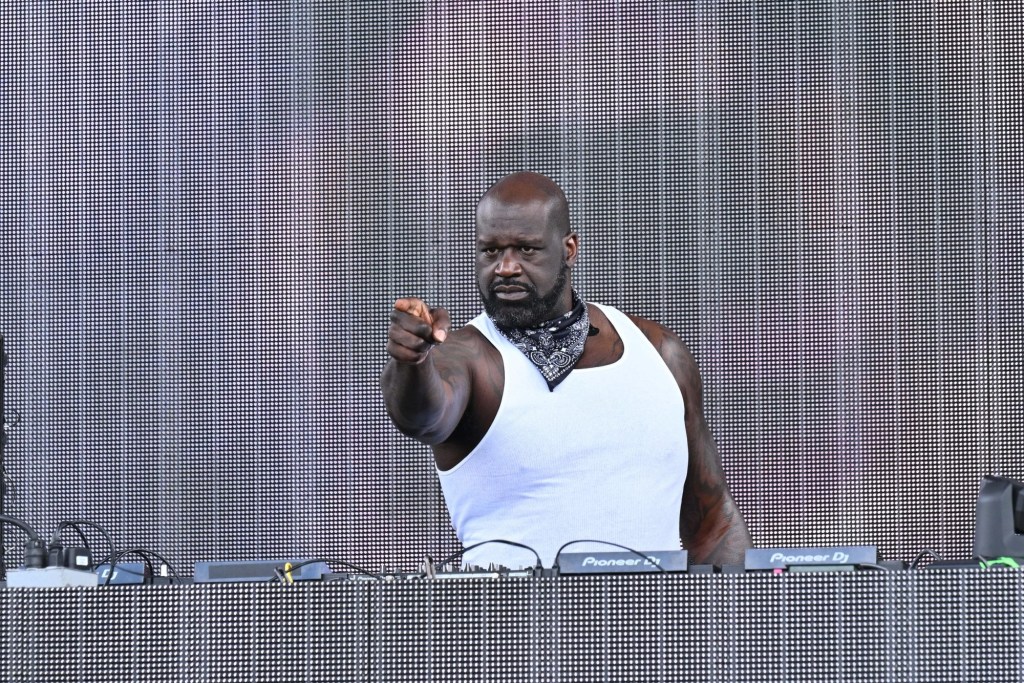After just one U2 concert at Las Vegas’ new $2.3 billion Sphere, UFC president Dana White described himself as “obsessed” with the venue and the prospect of getting the mixed-martial arts property there as soon as possible.
“The Sphere is a whole other level,” White said. “I don’t run the Sphere, and it’s not my company, but it’s so good that for at least the first year, they should do nothing but incredible experiences. … I will put on the greatest live combat sports event anybody has ever seen at the Sphere. I’m so in on this, it’s not even funny. The first live transmission from there should be us.”
White is far from alone.
Beginning with a highly successful 25-concert run this fall by the Irish rock superstars, the Sphere has ushered in a dramatic new era of live entertainment — one that has put every sports team, league, and venue operator firmly on notice.
Measuring 366 feet high and 516 feet wide — as the world’s largest spherical building — the Sphere also boasts the largest and highest-resolution LED screen on the planet with fully immersive video and audio capabilities, instantly lapping the technical standards of any conventional sports arena or stadium.
The initial shows at the Sphere have drawn numerous sports executives looking to bring key takeaways from the venue back to their own settings, but are genuinely excited at the venue’s potential for live sports.
In addition to the UFC, the NHL has also been linked to the Sphere, as have multiple boxing entities, and F1 will utilize the building as part of next month’s high-profile debut of the Las Vegas Grand Prix.
The brainchild and passion project of New York Rangers and Knicks owner Jim Dolan, the Sphere has become a key marketing template for other sports entities. The NBA, ESPN, YouTube, and Formula 1 have each prominently promoted themselves — reportedly at a cost of $450,000 per four hours — on the building’s massive exterior LED, which thanks to its nearly limitless ability to render colors and images has become perfect fodder for social media feeds.
Peter Stringer, a former digital and social media executive with the Boston Celtics and UFC and now a digital marketing consultant, was more than impressed by the U2 show. “The bar has now been set so high,” he told Front Office Sports. “You can definitely see this opening up a whole new era in immersive video.”
Unprecedented Scale
In a traditional sports setting, scoreboards and other LED fixtures have always sought to strike a tenuous balance between entertaining and informing fans while still prioritizing the live action.
The Sphere offers an entirely different proposition: audio and video so consuming, it can completely overwhelm what’s happening among the live performers — and is often specifically designed to do so. In an age where “more” is always a driving mantra for venue technology, the Sphere has delivered in unprecedented fashion.
U2 spent more than a year developing their run of shows, in part commissioning a series of artists to create visuals accompanying the songs. For live sports, the unique challenge remains of how to learn from and use the Sphere, but still keep the focus on the athletes.
“The big question I have for sports is who is going to have the content to really take advantage of this, particularly when sports aren’t choreographed like a concert,” Stringer said.
White intends to stage the UFC event at the Sphere in September 2024. The timing is partly to coincide with Mexican Independence Day, but also aimed to provide a sufficient window to understand the venue’s full capabilities and how best to deploy them.
“It’ll take that long for us to really work this thing out and figure it out,” White said.
To aid in that process, several sports properties including UFC have also toured a separate production facility in Burbank, California, where Dolan’s Sphere Entertainment Co. develops content for the Sphere.
Despite that needed lead time, there’s still some competitive juice in there as White fervently wants to be the first sports entity in the Sphere, and he took particular aim at boxing entities also interested in the venue.
“You know I will spend the money to make it right,” White said. “Boxing is going to f— around with them on the tickets. They don’t have the money to do it. None of those bums got the money to do it. I’ll do it.”
Crowded Market
For some sports properties, however, working with the Sphere isn’t quite so simple.
Despite all the excitement the venue has immediately generated, existing contracts with other Las Vegas venues can stand in the way of striking a deal with Dolan.
“There are other long-term relationships to which we need to be sensitive,” a league source told FOS. “But we also want to be at the forefront — innovation and disruption is in our DNA, and the Sphere brings something really exciting and different. So these are things that we will sort through.”
There’s also another potential long-term threat to sports team and venue owners: a siphoning of concerts that are critical revenue drivers on days without games.
Dolan hasn’t yet announced any other concerts for the Sphere after U2 completes their dates in December. Once he does, though, any musical act playing there might forego other opportunities at a stadium or arena also used for sports.
But even without a single sports event held there yet, the Sphere has created a buzz within the business of sports that has no direct precedent.


